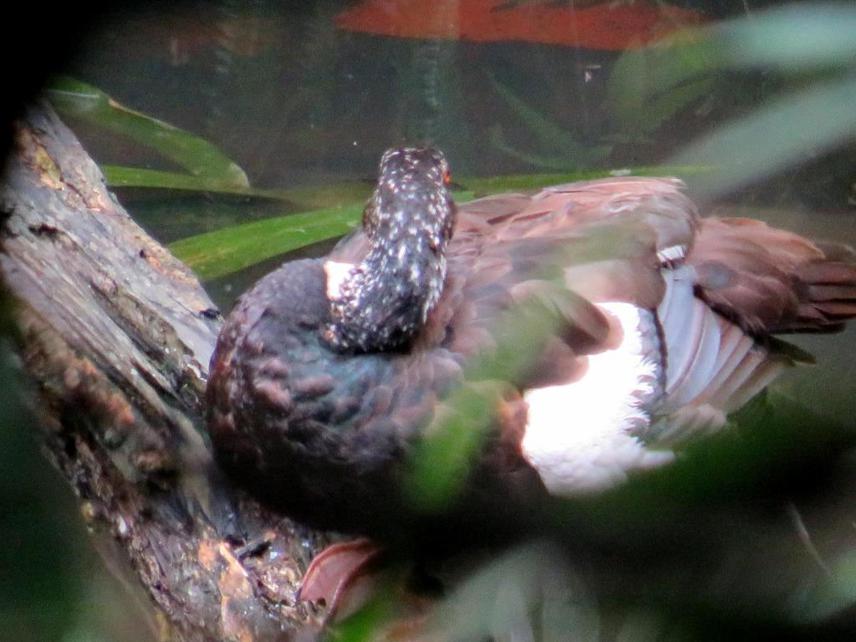Abhijit Boruah
The distribution and population of White-winged Duck is dramatically declined in northeast India owing to degradation of freshwater lakes and evergreen forests. The population may go extinct in near future if urgent attention is not given. We will be assessing the present population status and distribution of White-winged Duck in Dehing Patkai wildlife sanctuary, the only stronghold of the species in its range. Further, we shall look into the existing threats for the species and try to reduce the anthropogenic pressure by involving local people. We believe that this work can contribute to the conservation of the species by providing management inputs at the end of the study period.

White-winged Duck.
The distribution and population of White-winged Duck is dramatically declined in northeast India owing to degradation of freshwater lakes and evergreen forests. The population may go extinct in near future if urgent attention is not given. Not many studies were carried out on the species apart from Choudhury (2007). The species is susceptible to loss of large trees with nesting holes (Duckworth, 2006 in IUCN). The Dehing-Patkai Wildlife Sanctuary in Assam was established because of its importance for this species. This study can save the species from extinction by upgrading the available information. The small and fragmented populations are vulnerable to extinction from stochastic events, loss of genetic variability, hunting and collection of eggs and chicks. There has not been any comprehensive survey of recent status in Assam.
The Dehing-Patkai Wildlife Sanctuary is one of the last strongholds of the species with an unknown population. This study will assess population status and distribution in Dehing Patkai besides promoting the duck as iconic symbol. Further, this study will build local youth’s capacity to conserve the species against pesticides and oil pollution in this area. We shall adopt direct sighting along call record play to ascertain the presence and later occupancy model will be applied based on presence/absence of call playback. The study will further identify the number of nesting trees, holes and incorporate model nest box. Capacity building training to selected youths will be imparted on eco-tourism related to White winged Duck. The study will significantly uplift existing information on White-winged Duck and will assist in executing the conservation plan.